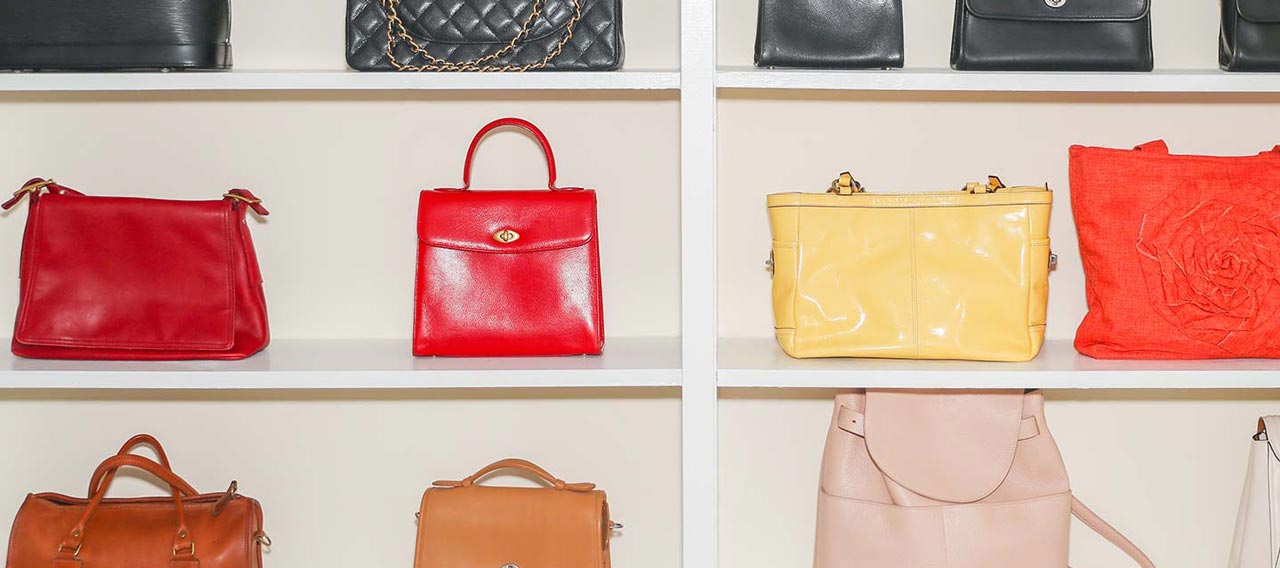- Individuals & Families
- Businesses
- Agents & Brokers
- Embedded Insurance

Chubb ranked #1 for Customer Satisfaction with the Home Insurance Claims Experience

Chubb ranked #1 for Customer Satisfaction with the Home Insurance Claims Experience

Chubb ranked #1 for Customer Satisfaction with the Home Insurance Claims Experience

Chubb ranked #1 for Customer Satisfaction with the Home Insurance Claims Experience

Because pets are family, Chubb now offers pet insurance with top-rated coverage from Healthy Paws.

Chubb offers the insurance protection you need for travel’s many “what ifs”.

Chubb protects small businesses at every stage – from newly formed start-ups to long-time anchors of the community.

Stay ahead of cyber threats with our free Cyber Claims Landscape Report.

Learn more about our dedicated learning paths, Online Learning Center, and more.

Many digital-savvy consumers look for it as a core or add-on option.

Many digital-savvy consumers look for it as a core or add-on option.

Many digital-savvy consumers look for it as a core or add-on option.

Chubb’s in-house technology makes it easy to integrate what we do into your customer experience.
-
About
-
Claims
-
Login & Pay Bill
For Agents & BrokersFor Travel Advisors
-
Back
These days, there are more art fairs, galleries, dealers, and new collectors than ever before. Add to that the sheer size of many of today’s contemporary works of art, and you’ll see why the demand for art storage facilities has skyrocketed in the past few years. With more facilities cropping up across the country and around the world, how do you select the right one to keep your fine art safe and secure? Here are a few tips to consider:
Make sure the facility specializes in fine art.
While many storage facilities will be happy to store your paintings, sculpture, and other valuable collectibles, not all of them are designed specifically for fine art storage and handling. To ensure that your artwork will come out in the same condition it went in, make sure the storage facility is dedicated to fine art, maintains specific environmental controls and conditions, and has a strong security system, emergency plan in place, and a staff that’s trained to care for and handle art. You may also want to check out the elevator capacity and loading docks to make sure the facility can handle your specific pieces.
See if your insurance company vetted the facility.
One of the best ways to make sure your art storage facility is high quality is to ask your insurance broker if your carrier approves of or has vetted the facility. Or, if you’re not sure what facility is best, ask your insurance company for referrals or recommendations.

Select a facility with security features and climate controls.
Consider an art storage facility that has fire resistive construction, central station fire and burglar alarms with signal continuity, and is monitored by security cameras 24/7. You’ll also want a facility that has centrally monitored humidity and temperature controls and back-up generators in case the power goes out for any reason. If your collection requires specific environmental controls, ask whether the facility can modify settings in a private storage room.
Ensure that the staff is trained and reliable.
You’ll want to make sure the storage facility has a staff of professional art handlers who know how to handle a variety of media and will treat your collection with care. You may want to make sure the facility has run a background check on each staff member and has a tracking system in place to see when staff members have access to different areas within the facility.
Consider where the facility is located.
Is the building located in an area where it could be exposed to a catastrophic event, such as an earthquake, wildfire, or tornado? Is it in a coastal location where flooding or storms surges could present issues? If so, do they have proper protections in place to keep your artwork safe, or do they have an evacuation plan in place to move your artwork to a safe location? Even if the facility is not located in a danger zone, make sure artwork is never stored below grade or directly on the ground or floor.
Weigh the pros and cons if the facility is a freeport.
Freeports (duty-free warehouses) are growing in popularity, due to their tax advantages, confidentiality, and ability to store large pieces, but collectors should also consider risks posed by these locations. Many freeports are located adjacent to airports or seaports, which could potentially increase the risk of terrorism, vibration due to low-flying aircraft, and floods or water damage due to the close proximity of a water mass. They also typically hold a large amount of very valuable art in one place, so collectors should consider aggregation exposure, and while confidentiality is a perceived benefit, freeport owners don’t have to disclose what other goods are being kept at the facility in addition to art. If that makes you a little uncomfortable, consider using a different fine art storage facility.
You may also want to consider storing your artwork at more than one facility, to reduce the risk of your overall exposure.
If you need recommendations for safe and secure art storage, contact your insurance agent or broker.
Insights and expertise








Get a personal insurance quote
Work with an independent agent to get personalized insurance solutions.
This document is advisory in nature and is offered as a resource to be used together with your professional insurance advisors in maintaining a loss prevention program. It is an overview only, and is not intended as a substitute for consultation with your insurance broker, or for legal, engineering or other professional advice.
Chubb is the marketing name used to refer to subsidiaries of Chubb Limited providing insurance and related services. For a list of these subsidiaries, please visit our website at www.chubb.com. Insurance provided by ACE American Insurance Company and its U.S. based Chubb underwriting company affiliates. All products may not be available in all states. This communication contains product summaries only. Coverage is subject to the language of the policies as actually issued. Surplus lines insurance sold only through licensed surplus lines producers. Chubb, 202 Hall's Mill Road, Whitehouse Station, NJ 08889-1600.


